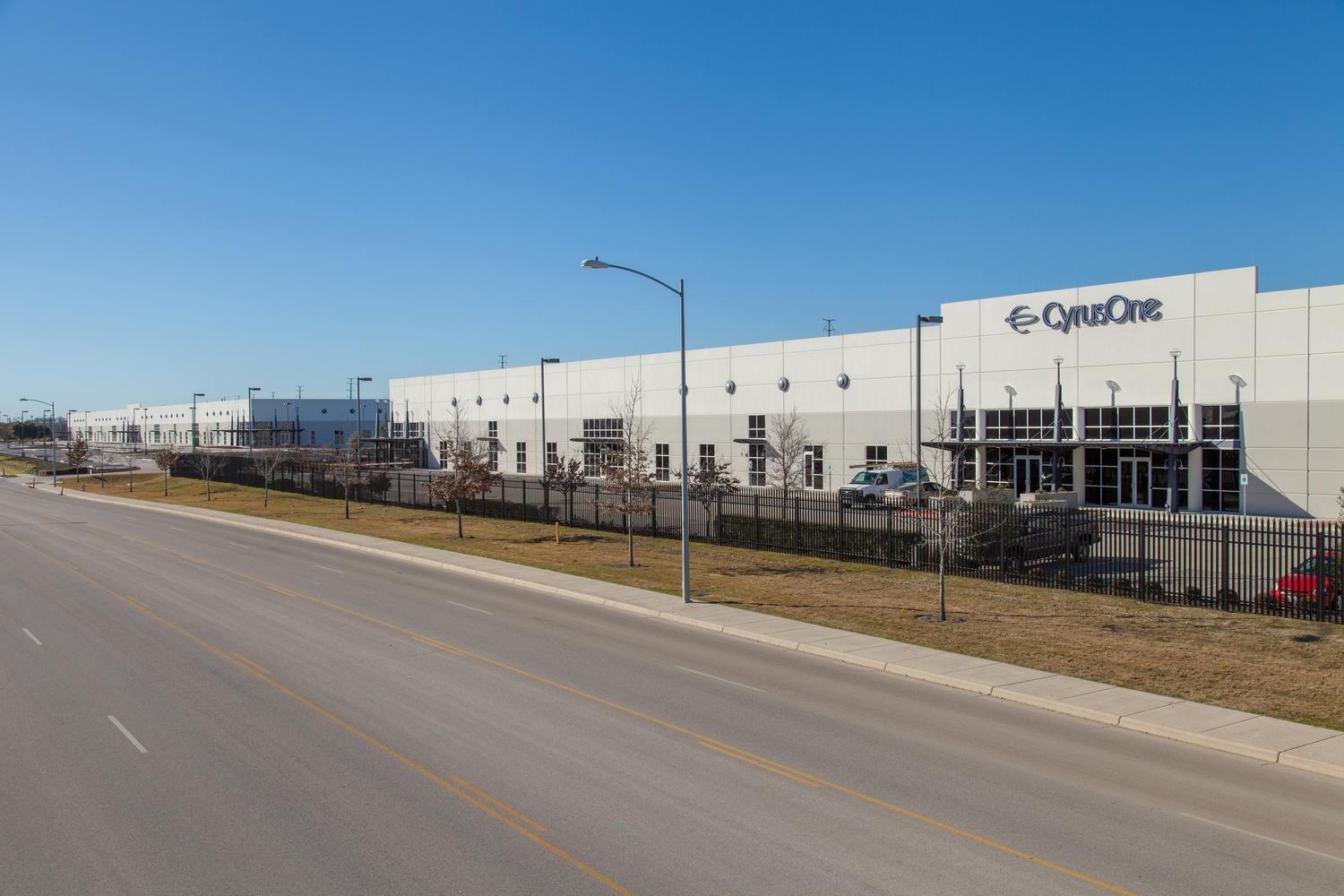CyrusOne Completes Austin III Data Center
The new data center offers additional space and power to meet the increasing demand for colocation services.
By Robert Demeter
Austin—Global colocation provider CyrusOne recently announced the completion of Austin III, a 172,000-square-foot data center facility housed in Austin’s Met Center premier mixed-use business park. The company first announced plans for the project in early 2015.
“Designed and built with the latest features and amenities, the Austin III data center provides enterprise-class service and capabilities to meet the rapidly growing demand of our customers in the Austin market,” Scott Brueggeman, chief marketing officer with CyrusOne, said in a statement.
The data center features stringent physical security, redundant utility power feeds and exceptional connectivity solutions. It is also equipped with advanced cooling infrastructure and, at full build, will offer 120,000 colocation square feet and up to 18 megawatts of power. As part of CyrusOne’s National Internet Exchange platform, Austin III can also provide interconnection to other CyrusOne data centers in Texas and multiple other markets across the country.
CyrusOne has released a virtual tour video on their website, to give audiences a glimpse into the design of the data center facility.
“The new Austin III virtual tour highlights the facility’s design, systems, amenities, and security features, which make the CyrusOne Austin campus ideal for production and disaster recovery server environments for national, international, and local companies,” added Brueggeman.
CyrusOne operates more than 30 carrier-neutral data centers across the United States, Europe and Asia. The company recently acquired a major facility in Chicago and another one near Washington. CyrusOne provides customers with the flexibility and scale to match their specific IT growth needs and its facilities are engineered to include the power-density infrastructure required to deliver Tier 1 availability, including an architecture with the highest available power redundancy (2N).
Image courtesy of CyrusOne








You must be logged in to post a comment.